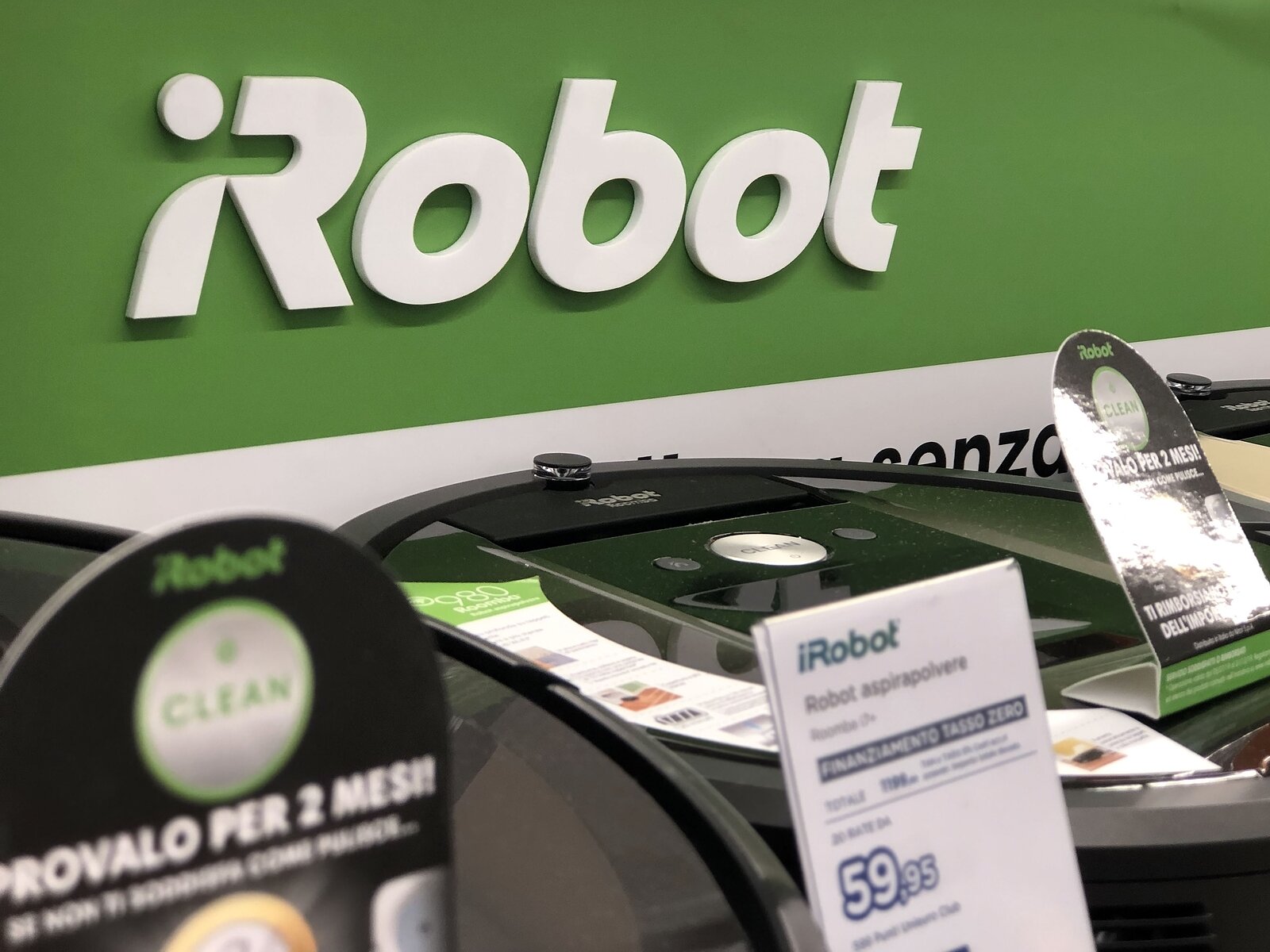Comments
- No comments found

To create the next great product or service, it has been standard practice to ask the customer questions like: “What do you want?
What do you need? What will make your life easier?”
These simple inquiries should lead to a simple answer. It is then our responsibility as businesses and organizations to respond with products, services, or processes that meet customers’ needs while increasing our margins and market share. This has been the process of the past and has worked for generations, but does it truly work in today’s accelerated, technology-driven business environment?
In my many years as a strategic advisor and futurist, I have concluded that asking the customer what they want is no longer reliable. First, customers are telling others in your industry the exact same information, which leads to a high level of competition. Unfortunately, a professional footrace to a perceived finish line is not beneficial to anyone, especially the customer.
Second, customers rarely know their true wants or needs or what can really be achieved to satisfy them. They under-ask because they do not know what is possible. But in switching from reactionary to Anticipatory thinking, our job as business leaders is to show them what is possible. This is not as difficult as it may seem. We can show them what the future can be!
Now, looking for customer problems that need solving or listening to customers for new ideas can go only so far. This is a reactionary, “lead from behind” mindset that puts you at a disadvantage — not only with your competition, but with your customers as well.
What you need to do — similar to what serial entrepreneurs do — is look for pain points you already know about. These can range from a mild annoyance to a complete inconvenience. Let’s have a look at a simple product nearly everyone in this world has had an experience with at one point or another: bicycles.

Bicycles have been around longer than anyone now living can remember. And throughout the many different iterations of this two-wheeled vehicle, what makes it a vehicle and allows a cyclist to move forward on it are the tires.
With the mechanics involved in a bicycle, something is bound to break or require repairs, right? Well, the inner tubes inside bike tires sustain punctures frequently, ultimately being a pain that cyclists worry about.
One thing is for sure: customers are certain to worry about a popped inner tube at one point or another. Indirectly, bicycle manufacturers know that this is a concern without customers directly telling them about it.
My Skip It Principle states that the perceived problem a customer faces is not the real problem. In the way of anticipating customer problems, the perceived problem is the worry surrounding what may happen, whereas the real problem is the event itself.
Solving the perceived problem of a flat bicycle tire is a bicycle business simply providing affordable tires, or perhaps a roadside service that will come to a customer and change their bicycle tire for them. Solving the real problem is eliminating the possibility of a bike tire going flat altogether, as the company Tannus has done with their new airless bike tires, made from puncture-proof multicell foam.

Here’s another example: iRobot. Customers were searching for a more effective vacuum and an easier, low-maintenance way to clean and sweep. The issue was not that households wanted to pick up more dirt. No, the time spent cleaning was the real problem. But again, this ask was not a literal, word-for-word request. iRobot looked at the pains of having to clean a house and created a product now that solves the problem.
And even now, iRobot has yet again solved a problem that autonomous vacuuming encounters with regard to pet “messes,” so to speak. They created a feature that detects incidents and avoids the possibility of making a bigger mess.
Determining what a customer base needs without them telling you directly is being Anticipatory. Tannus and iRobot both looked to Hard Trend future certainties, which in this case are future problems customers will continue to have. They then used science (Tannus) or digital technology (iRobot) to show customers what is possible, which led them to realize the problems they were facing and put a level of trust in the company.
They are leading from the jump rather than leading from behind!
Not only should you hopscotch over your initial reaction of solving the top layer of customer wants, you also need to anticipate what needs and desires are to come next. Progress waits for no one, and if you want to be at the head of that progress as a leader in your industry, it is essential. Being the first to find a solution to a real problem shows customers that you are at the cutting edge of innovation and have a commanding lead in your industry.
To be more Anticipatory in identifying and meeting customer wants and needs without them asking you directly, instead ask yourself the following questions:

What challenges are your customers currently facing? (Think: bicycle inner tubes going flat.)
If a solution is posed to these challenges, what will be a potential problem that results from this solution? (Think: iRobot avoiding the pet messes.)
If a solution is posed, what will be the next challenge customers face? (Nothing is perfect — what issues will an airless bicycle tire have?)
Also, consider these points:
Where are your customers headed?
Where is the market headed?
What future certainties will affect your customers?
If it can be done, it will be done. And if you don’t do it, someone else will! So be proactive in identifying the issues your customers are currently having, as well as the ones they are going to have, and use Hard Trends and my Skip It Principle to pre-solve them before they happen!
Most do not realize they are having a problem. You have the unique opportunity to show them what their future can and should be.
Daniel Burrus is considered one of the world’s leading futurists on global trends and innovation. The New York Times has referred to him as one of the top three business gurus in the highest demand as a speaker. He is a strategic advisor to executives from Fortune 500 companies, helping them to accelerate innovation and results by develop game-changing strategies based on his proven methodologies for capitalizing on technology innovations and their future impact. His client list includes companies such as Microsoft, GE, American Express, Google, Deloitte, Procter & Gamble, Honda, and IBM. He is the author of seven books, including The New York Times and Wall Street Journal best-seller Flash Foresight, and his latest book The Anticipatory Organization. He is a featured writer with millions of monthly readers on the topics of innovation, change and the future and has appeared in Harvard Business Review, Wired, CNBC, and Huffington Post to name a few. He has been the featured subject of several PBS television specials and has appeared on programs such as CNN, Fox Business, and Bloomberg, and is quoted in a variety of publications, including The Wall Street Journal, Financial Times, Fortune, and Forbes. He has founded six businesses, four of which were national leaders in the United States in the first year. He is the CEO of Burrus Research, a research and consulting firm that monitors global advancements in technology driven trends to help clients profit from technological, social and business forces that are converging to create enormous, untapped opportunities. In 1983 he became the first and only futurist to accurately identify the twenty technologies that would become the driving force of business and economic change for decades to come. He also linked exponential computing advances to economic value creation. His specialties are technology-driven trends, strategic innovation, strategic advising and planning, business keynote presentations.
Leave your comments
Post comment as a guest